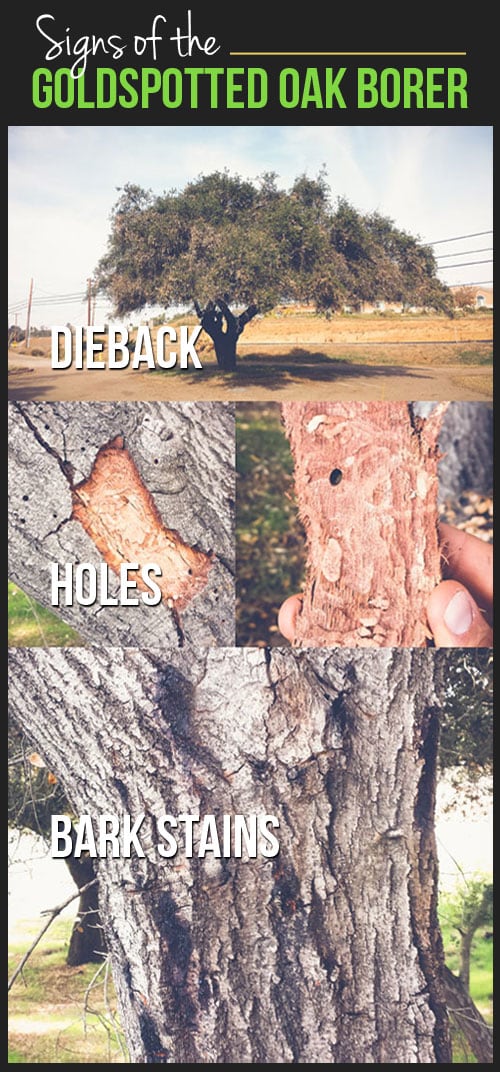Post-Tree Removal Upkeep Is Vital For Restoring Your Landscape; Learn Essential Actions To Revitalize Your Area And Avoid Potential Troubles
Post-Tree Removal Upkeep Is Vital For Restoring Your Landscape; Learn Essential Actions To Revitalize Your Area And Avoid Potential Troubles
Blog Article
Post By-McMillan Leblanc
After a tree's removal, your landscape may look fairly different, and it's essential to analyze the after-effects thoroughly. You'll wish to review the dirt disruption and examine surrounding plants for any type of signs of stress. Disregarding these factors can lead to bigger issues down the line. So, what should you do with those stumps and origins? And just how do you choose the most effective plants for your revitalized room? Allow's discover these important steps.
Examining the Consequences: Evaluating Your Landscape
After a tree removal, it's crucial to assess your landscape to understand the impact it has on your yard.
Begin by taking a look at the area where the tree stood. Search for indications of dirt disruption, and inspect the surrounding plants for any stress or damages.
You need to likewise remember of exactly how the elimination has actually changed sunshine exposure and air flow in your garden. This change can impact the development of close-by plants, so it's necessary to evaluate their health and wellness.
Consider the aesthetic elements as well; the elimination may create an open space that you can revamp.
Ultimately, think about any kind of potential erosion problems that could emerge from the tree's absence. Addressing these factors early will help recover balance to your landscape.
Managing Stumps and Origins: Alternatives for Removal
As soon as you have actually examined the after-effects of the tree elimination, you'll likely require to take on the stump and origins left.
You have a few options for removal. One reliable approach is stump grinding, where an expert makes use of an equipment to grind the stump down to below ground degree. This strategy leaves very little interruption to your landscape.
If you favor a DIY technique, you can utilize a mix of digging and chemical stump eliminators. Simply keep in mind, this process can take some time and initiative.
Conversely, take into consideration leaving the stump as a natural attribute, which can serve as an unique yard element or habitat for wildlife.
Whatever you choose, addressing the stump and roots is necessary for recovering your landscape.
Picking the Right Plant Kingdoms for Your New Area
As you analyze your freshly cleared area, selecting the right plants can significantly enhance your landscape's appeal and functionality.
Beginning by thinking about the sunshine and dirt conditions. For warm areas, opt for drought-resistant plants like lavender or succulents. In shaded spots, brushes and hostas prosper well.
Consider the size and growth behaviors of your plants; mix perennials and annuals for seasonal variety. https://www.bobvila.com/slideshow/13-exotic-ideas-to-transform-a-basic-backyard-52852 to include native varieties; they need much less upkeep and assistance regional wild animals.
Team plants in weird numbers for a more natural look and create layers for visual depth.
Finally, guarantee you have a mix of colors and textures to keep your landscape vibrant throughout the seasons.
Happy planting!
Verdict
In conclusion, recovering your landscape after tree removal is a satisfying process. By assessing Best Tree Trimming Services Near Me , resolving stumps and roots, and choosing the right plants, you'll produce a flourishing setting. Do not fail to remember to incorporate erosion control procedures to secure your dirt. With a little effort and treatment, you can change your area into a vivid yard that boosts your home. Embrace the opportunity to rejuvenate your landscape and appreciate the elegance of nature right in your backyard!
